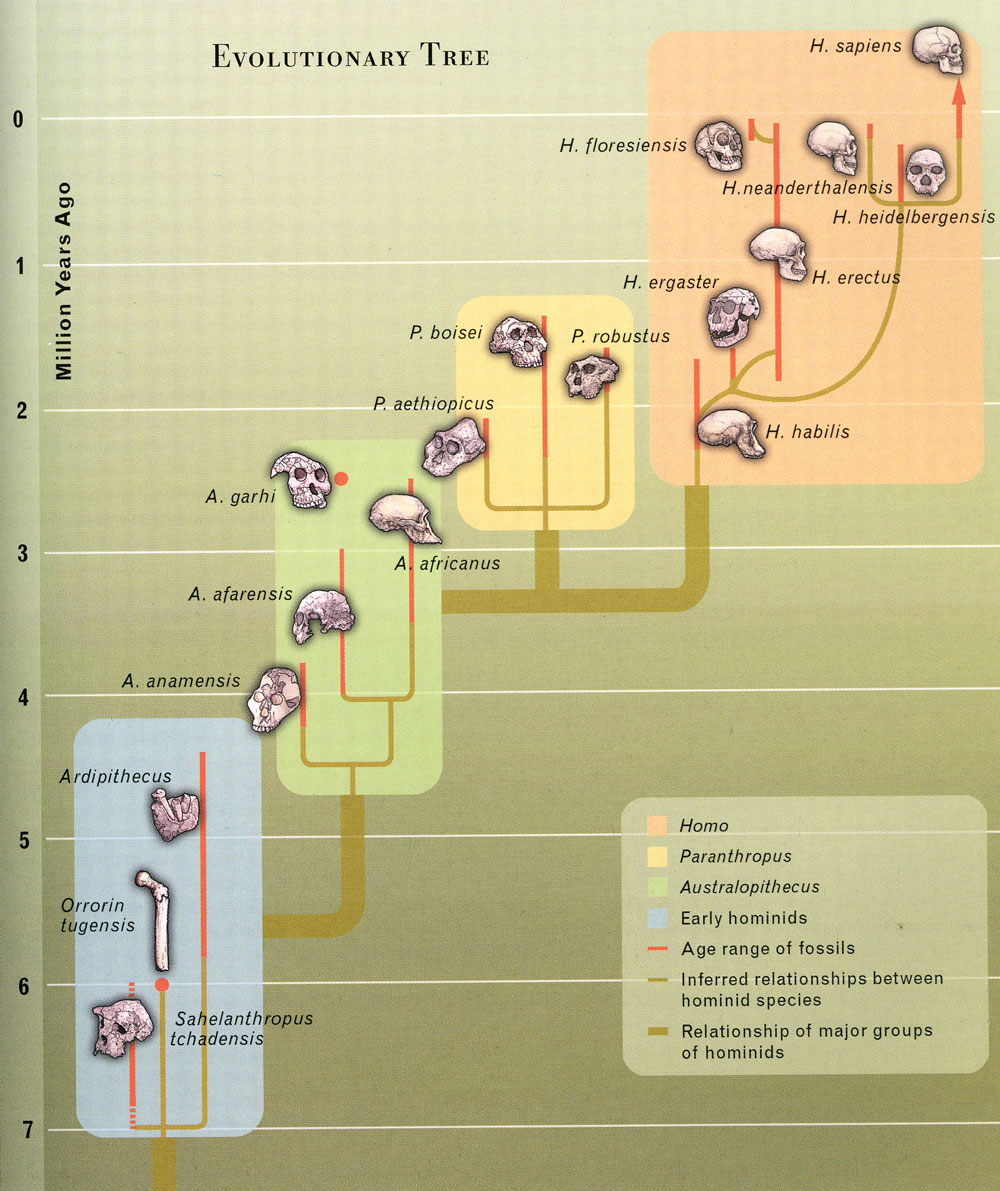In an earlier post, I noted how the execrable book The Genesis Flood was given a positive review, despite the fact that contemporary geologists had savaged its geological arguments. Prior to that, YEC and flood geology were practically unknown in our community. By 1971, evangelical pseudoscience was being openly promoted by the CMPA.
If we look at the letters to the editor between 1962 and 1971, we can see some disturbing signs of fundamentalism. This letter highlights this problem in painful detail:
Dear bro. Sargent,
Fraternal Greetings.
I am increasingly perplexed at the prominence which is being given to the writings of so-called scholars and authorities, at the recommendation of books of reference (such as the one in the September issue on The Book of the Law), and the apparent deference shown in the magazine to the need to meet and satisfy on other grounds than Scripture the views and opinions of science. When I seek to the Bible and ask the question: “What does God do to cater for these points of view?” I am met with complete silence. There seems to be a studied carefulness about the Word which avoids catering for meeting human wisdom and its problems connected with faith in God. And not only so, but the Bible seems to make a special point of presenting its facts and evidence (such evidence as it chooses to give) in a manner most calculated to try human sagacity and credulity to its limits. As evidence the first three chapters of the Bible.
Surely the very fact that God has not thought fit to cater for these views and opinions (and He well knew that they would arise) should be our guide. If in His judgment the evidence of the creation and its variety and regularity are all-sufficient, as He states through Paul in Romans 1 : 19–20, so that that very fact alone leaves men “without excuse”, are we to suppose that He requires us to make up the deficiency, and in effect imply that time and change have found His methods wanting? The Gospel is “the power of God unto salvation”, as Paul truly affirms. God has calculated in His way the best means of producing faith in men, and it is in the terms of the Bible, with all its apparent difficulties, that in His judgment, this purpose can best be achieved. The “foolishness of preaching” refers not to the manner but to the things preached, and I would say now with absolute conviction that were we more versed in the Word, were it more our meat and drink, were we more prepared to allow the simple presentation of the Word to work its own ends, then “it would prosper in the things whereto he sent it” . . .
The way to God, and to be well-pleasing to Him lies in “believing that he is, and that he is a rewarder of those who diligently seek him”. I scarcely think that to establish that faith on the wisdom of this world, or even to supplement that faith with it, will present a man in right standing with his Creator . . .
That Jesus should disdain the wisdom of this world in his preaching we may accept. “He spoke as one having authority.” But when Paul tells us his preaching was “not with enticing words of man’s wisdom” we may have cause to think again. When Peter tells us “If any man speak, let him speak as the oracles of God”, it is in the context of the Faith being assailed. And the advice of Jude is: “But ye, beloved, building up yourselves on your most holy faith, praying in the holy spirit . . .”
If there is any cause for alarm or concern amongst us it lies solely in this fact that we have ceased to read the Bible as regularly and prayerfully as we should. This is the complete answer to our problem, and one which those responsible for the welfare of ecclesias would do well to promote to the utmost of their ability. - D Bedson. The Christadelphian (1964) 101:510 (Emphasis mine)
Enough said.


